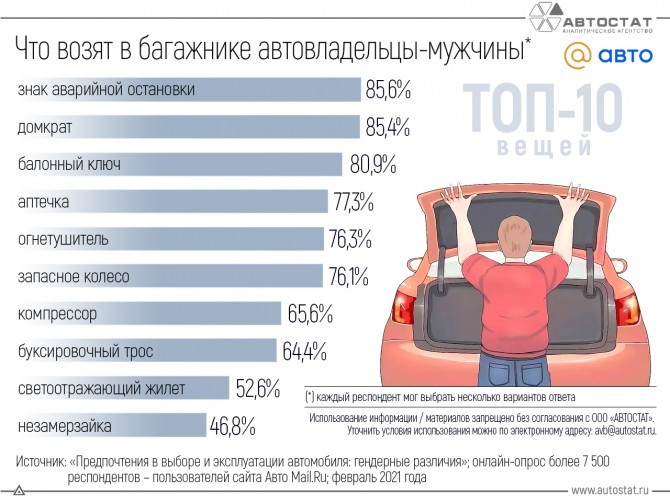
5 important things to know about car emissions
Content
As long as there are gasoline-powered cars, there will be emissions from cars. Although technology is constantly improving, pollution caused by incomplete combustion of vehicle engines poses a risk not only to the environment, but also to human health.
If you've ever wondered how car emissions work, here are some important facts about these fumes, particles, and fumes that are emitted by gasoline and diesel engines into the environment.
Exhaust emissions
Combustion in an engine releases VOCs (Volatile Organic Compounds), nitrogen oxides, carbon dioxide and hydrocarbons. These engine by-products create dangerous greenhouse gases. Exhaust gases are produced in two ways: cold start - the first few minutes after starting the car - because the engine is not warmed up to optimum operating temperature, and operating exhaust emissions that exit the exhaust pipe during driving and idling.
Evaporative emissions
These are volatile organic compounds released during the movement of the car, during the cooling period, at night when the car is stationary, as well as vapors released from the gas tank during refueling.
Vehicle pollutants affect more than just the ozone layer
Vapors and particulate matter that exit cars through the exhaust system end up on the ground and in water bodies, affecting not only the people who feed on the land, but also the wildlife that live there.
Cars are the main sources of air pollution
According to the EPA (Environmental Protection Agency), more than 50% of air pollution in the US comes from cars. Americans drive over 246 trillion miles every year.
Electric cars may or may not help
As alternative automotive technologies develop, gas consumption is declining, and with it, vehicle emissions. However, in places that depend on fossil fuels to generate conventional electricity, the benefits of electric and hybrid vehicles are diminished by the emissions produced by power plants needed to generate energy to charge electric vehicle batteries. In some places cleaner energy sources are used to generate electricity, tipping the balance, giving electric vehicles an edge over traditional engines in terms of emissions.
The combination of cleaner fuels, more efficient engines and better alternative automotive technologies effectively reduces the impact of emissions on humans and the environment. In addition, 32 states require emission testing of vehicles, further helping to control pollution.
